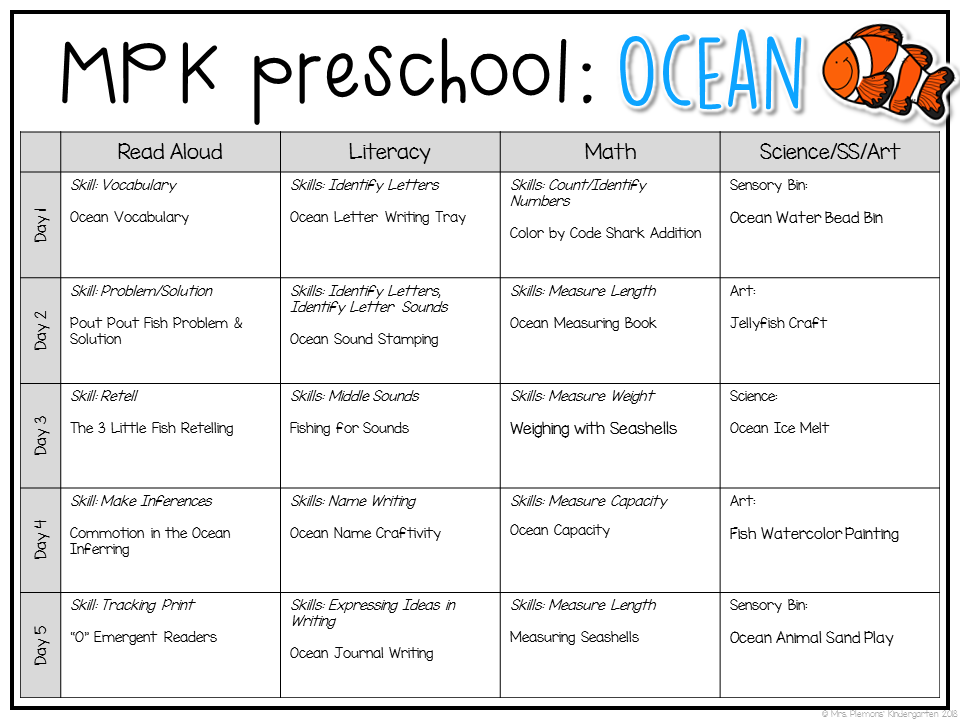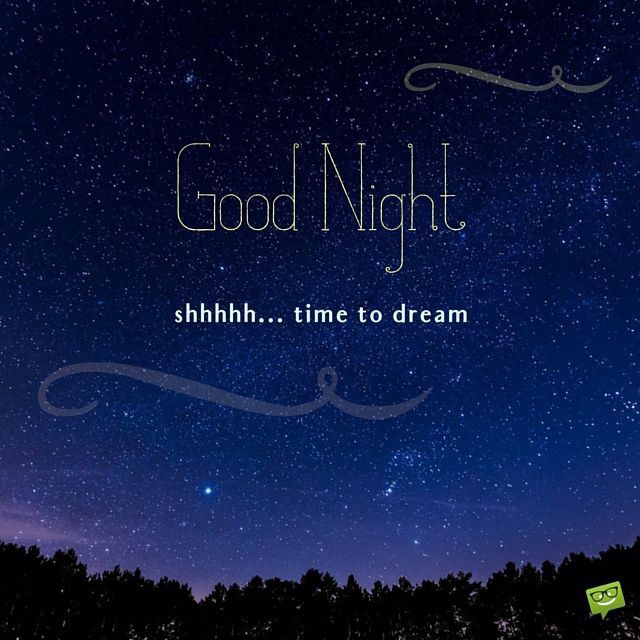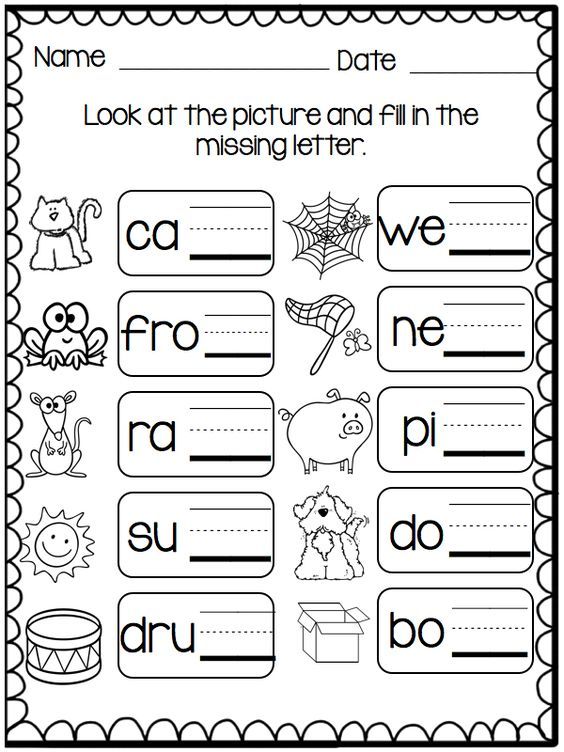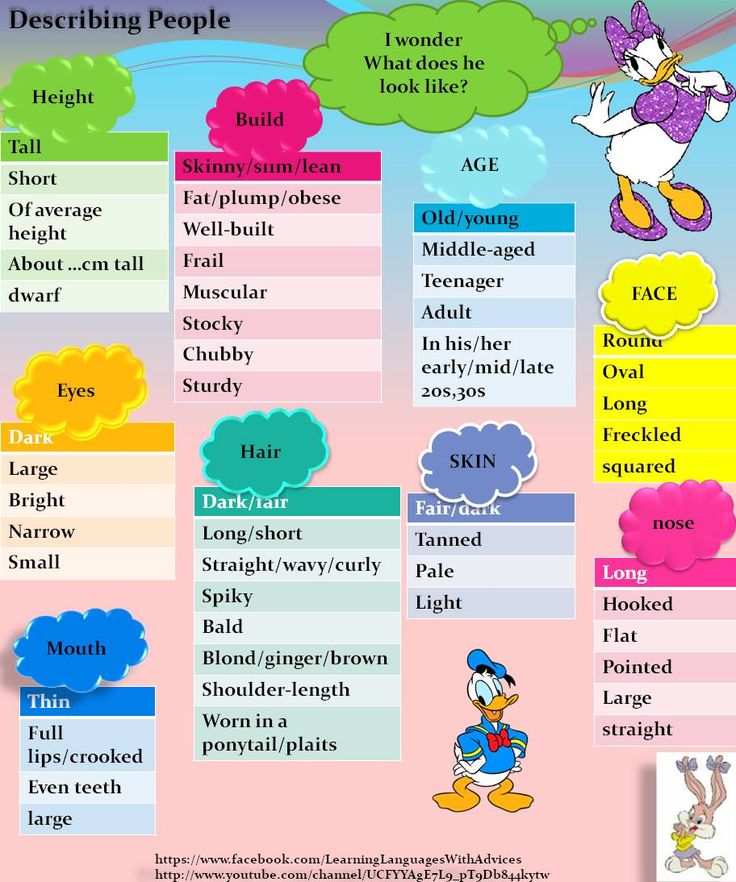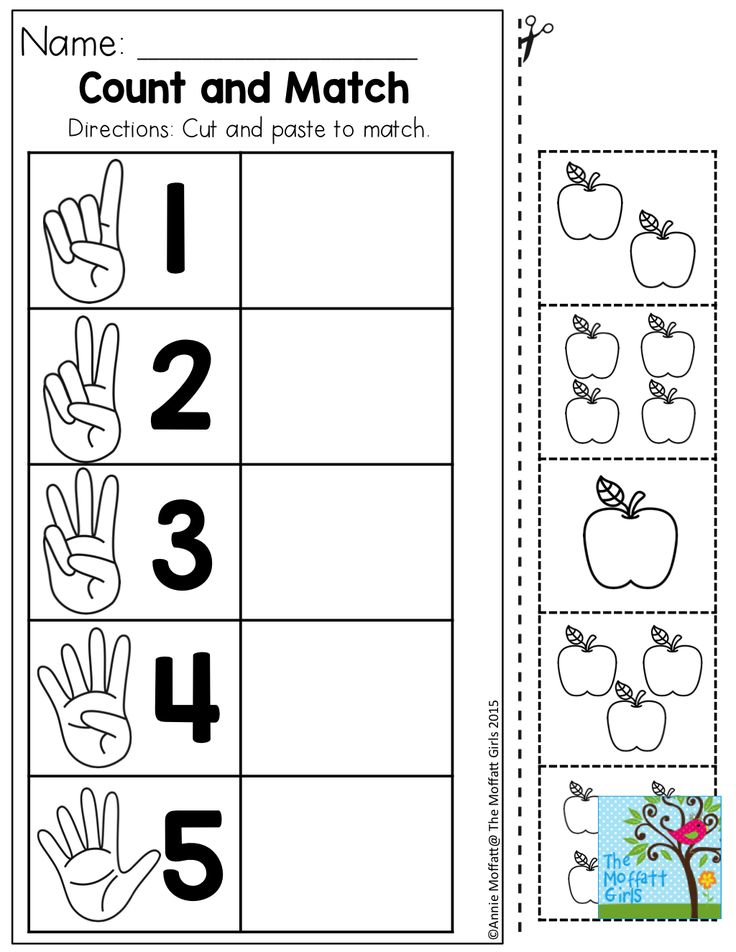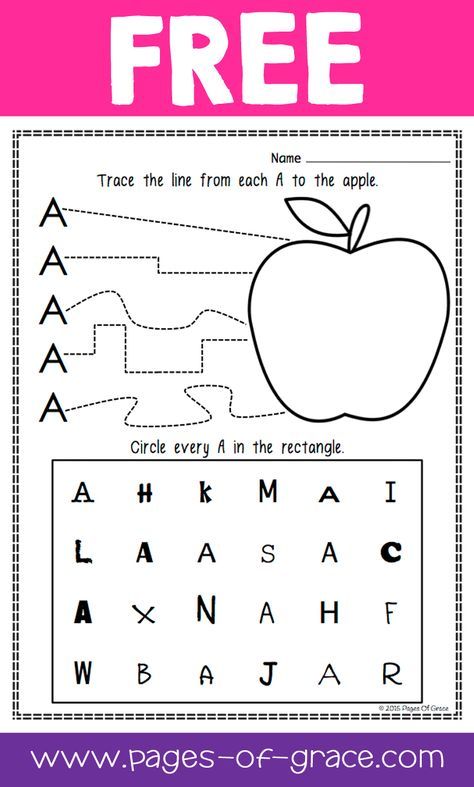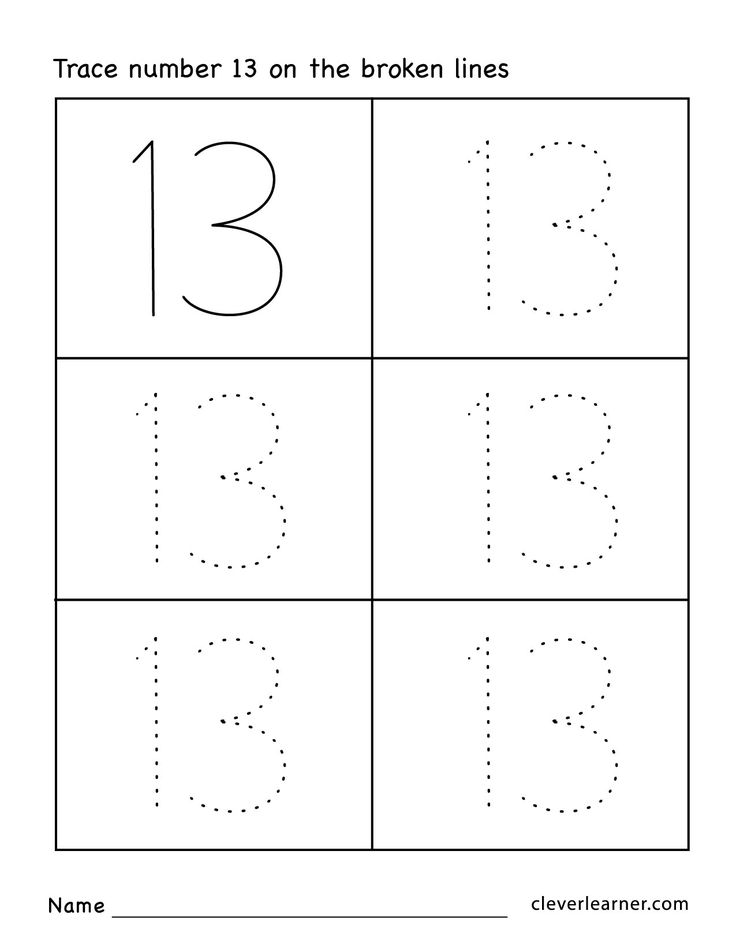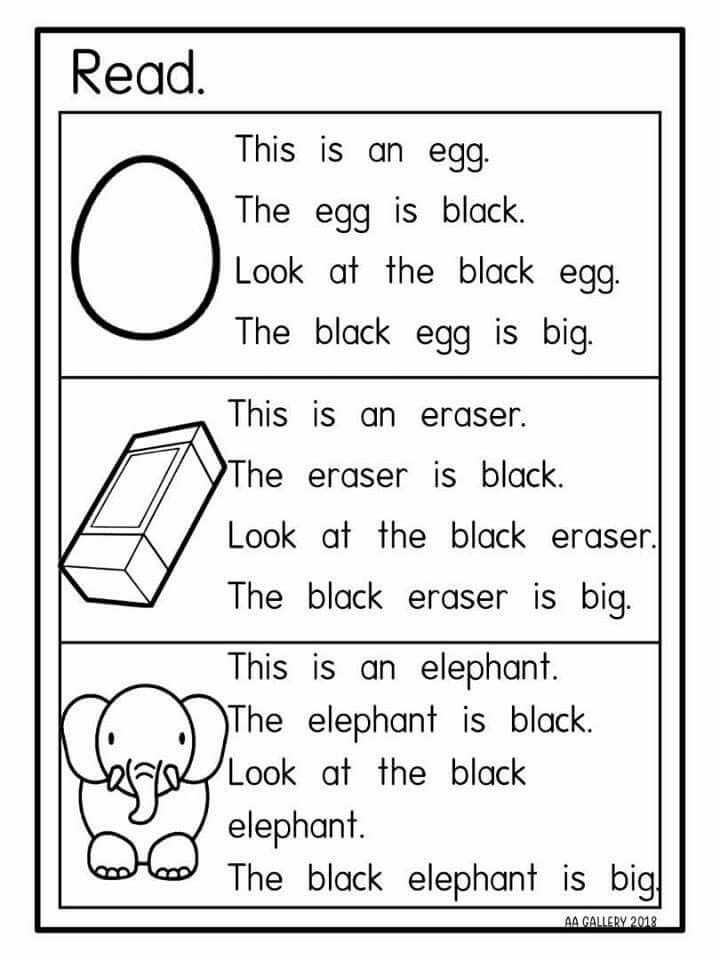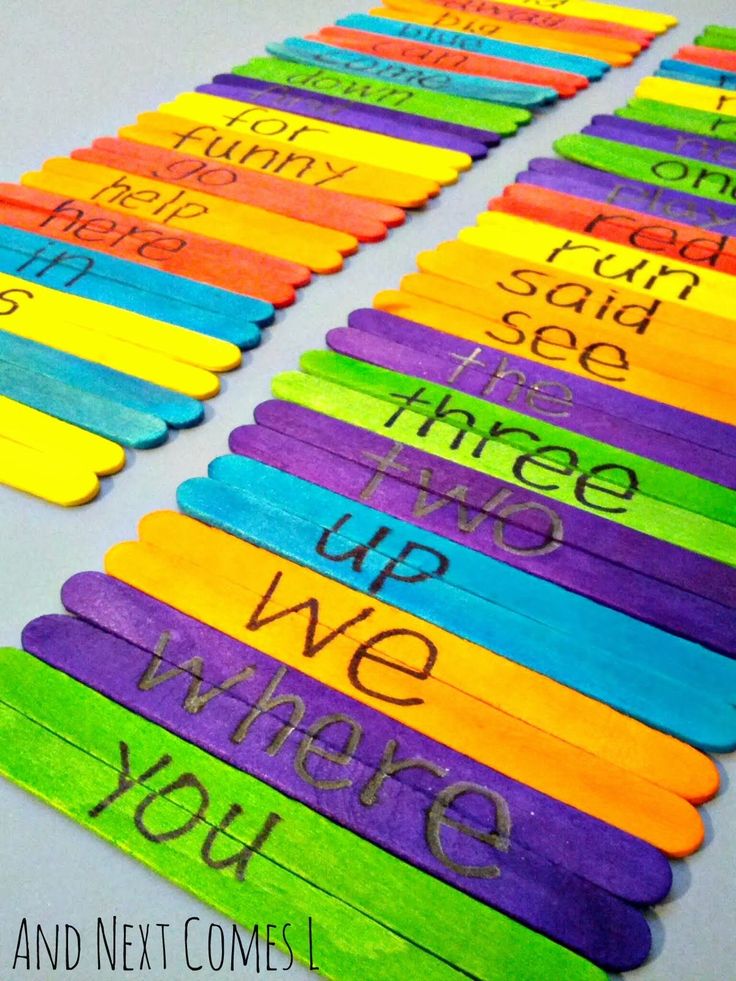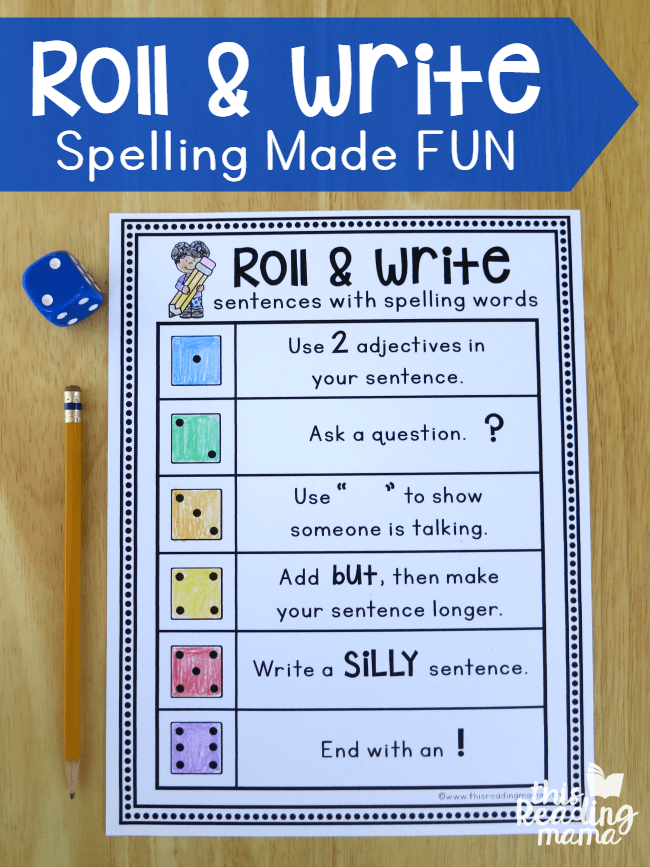Numbers lesson plans for preschool
Numbers 1-10 Lesson Plan
Notes:
The song in this lesson, "The Numbers Song", is great to use when you are teaching numbers and counting, but it can also be used as a fun warm-up or played at any point in the lesson. Our students just love this song and request to do it every class.
Lesson Procedure:
Warm Up and Maintenance:
See our "Warm Up & Wrap Up" page.
New Learning and Practice:
1. Play "The Numbers Song"
Play the song: Before even teaching any of the numbers, you can begin with this song. Get everyone to stand up and march along and do the actions. Make sure you do the actions with the kids so that they can follow you and copy what you are doing.
Lyrics for "The Numbers Song"
1 – 2 – 3 – 4 – 5 Jump!
6 – 7 – 8 – 9 – 10 Jump!
Turn around and clap your hands
And jump!
1 – 2 – 3 – 4 – 5 Kick!
6 – 7 – 8 – 9 – 10 Kick!
Turn around and clap your hands
And kick!
1 – 2 – 3 – 4 – 5 Wiggle!
6 – 7 – 8 – 9 – 10 Wiggle!
Turn around and clap your hands
And wiggle!
1 – 2 – 3 – 4 – 5 Jump!
6 – 7 – 8 – 9 – 10 Kick!
Turn around and clap your hands
And Jump!
Kick!
Wiggle!
And Jump!
(download MP3 here)
Gestures for "The Numbers Song"
First time you play the song do the gestures and encourage everyone to do them with you.
- As the music is in a marching-style, start off with everyone marching enthusiastically on the spot to the rhythm.
- Whilst marching, count off the numbers on your fingers as the numbers are sung.
- Do each action word (e.g. jump, turn around, clap your hands, etc.) at the point they are sung in the song.
We also have a video that you can stream in class to sing along with (Internet connection required):
2. Teach numbers vocab 1-10
Depending on the age of your class you can teach the numbers over a series of lessons. For under 3s, two or three numbers each lesson is fine, older students can learn more each lesson.
Sit the students down so they are facing you. Use some familiar objects to teach the numbers (e.g. in our case we use plastic fruit as we teach the fruit lesson before the numbers). First, elicit each of the fruit and put each one on the floor / table in front of you in a line.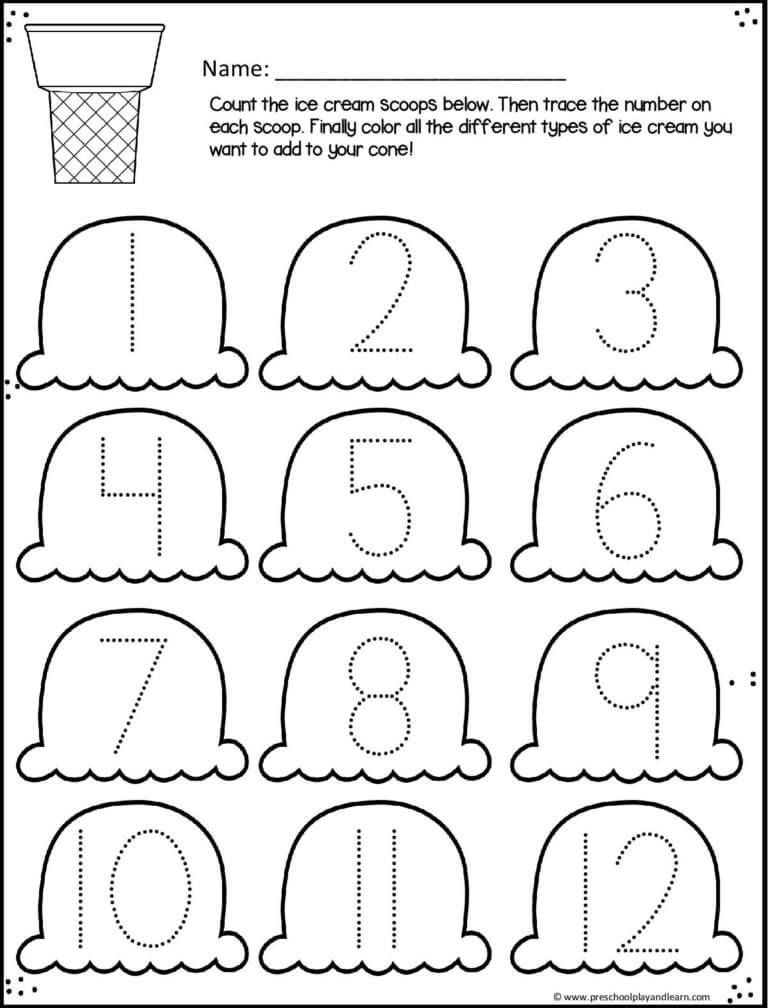 Then touch each fruit and slowly count (Teacher: "1 ... 2 ... 3"). Do this two or three times. Then have the class all repeat as you count / touch each fruit.
Then touch each fruit and slowly count (Teacher: "1 ... 2 ... 3"). Do this two or three times. Then have the class all repeat as you count / touch each fruit.
Finally, model this with a couple of students – ask one or two kids to touch and count the fruit as the rest of the class watches (give lots of encouragement and congratulate them when finished).
3. Students practice numbers 1-10
Put the students in pairs and give each pair a number of objects (e.g. 3 plastic fruit, 3 cars, 3 pencils, etc.). Have the students practice counting and touching the objects.
4. Play "Put in the box"
Now get a big box of objects and make sure you have enough objects of each category for the numbers you are teaching (e.g. 3 plastic fruit, 3 cars, 3 pencils, etc.). Throw the objects all around the classroom. Then choose a student and say “Marcus, put three (pencils) in the box”. As the student picks up each object make sure everyone counts along (1… 2 … 3).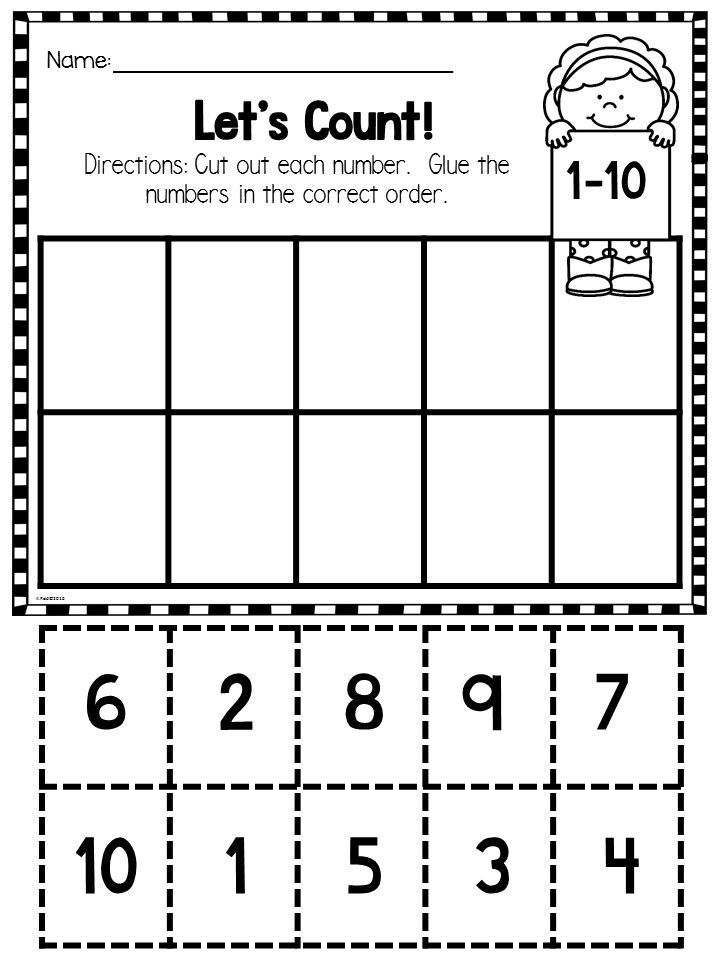 Then have the student count the objects as s/he puts them in the box. Do this with everyone. Finally, for a bit of crazy fun, throw all the objects out and let everyone scramble to find, count and put all of their objects back in the box again (all at the same time!).
Then have the student count the objects as s/he puts them in the box. Do this with everyone. Finally, for a bit of crazy fun, throw all the objects out and let everyone scramble to find, count and put all of their objects back in the box again (all at the same time!).
5. Play "Classroom Touch"
Get everyone to stand up and then the teacher shouts out classroom objects for the kids to run to and touch (e.g. T: "Everyone touch three tables!", "Everyone touch three books!"). Possible classroom objects to touch: tables, chairs, cushions, pencils, crayons, books, windows, shoes, etc. A good idea is to prepare some pictures of items (e.g. 3 apples, 3 super heroes, 3 monster faces, etc.) and stick them on the walls before class. Then the students can run and touch these as well.
6. Sing "The Numbers Song" again
Sing the song again (with all the actions) to conclude the action part of this lesson topic. You can also put the song poster on the board for the students to follow as they sing.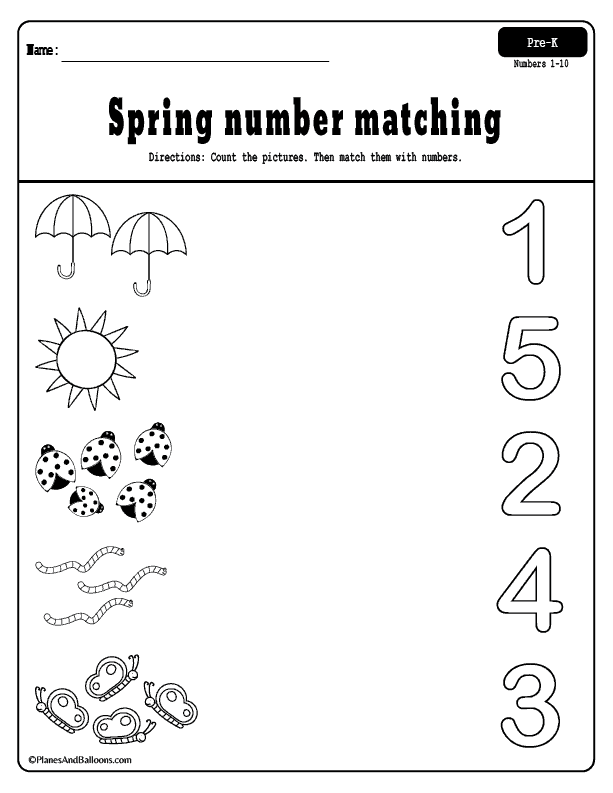
7. Read classroom reader "Numbers 1-10"
Before class, download and print off the reader "Numbers 1-10". It's a really funny rhyming story which your students will enjoy. As you go through each page, point to the pictures and elicit the different animals and what they are doing, as well as counting how many there are:
Teacher: (pointing to the picture of the snakes on page 16) What animals are these?
Students: Snakes!
Teacher: Yes, that's right! How many snakes are there? Let's count together.
Students: (all together as teacher points to each snake): 1,2,3,4,5,6,7,8.
Teacher: Good! And what colors are the snakes?
Students: Green, yellow, red ... etc.
Teacher: That's right! (Reading) "8 long snakes ... (turns to the next page) ... what are these?
Students: Cakes!
Teacher: Yes! Birthday cakes! "8 long snakes baking birthday cakes!"
Get the students really involved in the story by asking lots of questions such as what colors the animals are and the funny things they are doing.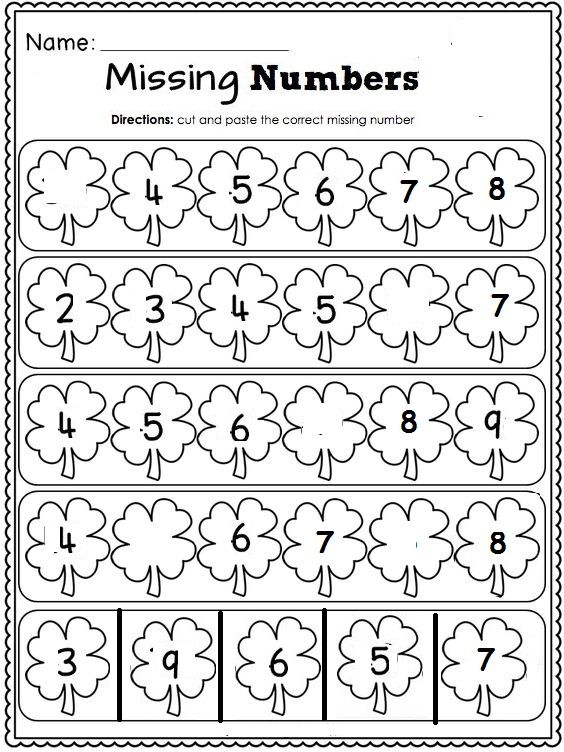
After reading the story, give out a reader worksheet to each student and read through the story one more time (without stopping for questions, etc.) as students trace the numbers. Get everyone to say the numbers as they trace them.
---
Alternatively, watch our video version of the reader (Internet connection required):
8. Do "Trace 1-10" worksheet
Finish with some quiet time doing a numbers worksheet. Use the "Trace 1-10" worksheet or any other numbers worksheet from our website (there are lots!). As the students are tracing the numbers, walk around, monitor and offer lots of encouragement. Ask everyone questions (e.g. What number is this?") and encourage each student to say the number as they are tracing it.
Wrap Up:
1. Assign Homework: "Trace 1-10 Match-Up" worksheet or any other numbers worksheet from our website.
2. Wrap up the lesson with some ideas from our "Warm Up & Wrap Up" page.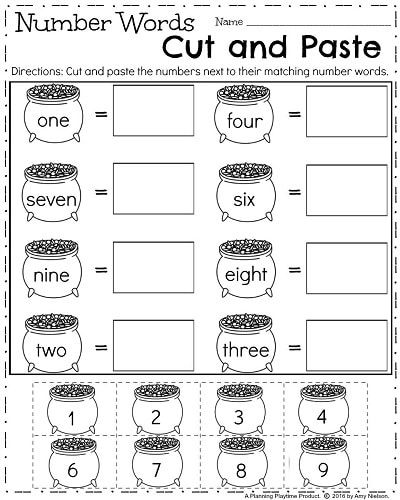
Counting 0-5 Lesson Plans for Preschoolers
Learning to count requires so many skills! These counting 0-5 lesson plans for preschoolers will help your preschoolers learn to identify, count, and order numbers. With hands-on and engaging activities, plus a detailed scope and sequence for the whole unit, this is one math skill that will be a breeze to plan for.
Preschool Counting 0-5 Activities
This post will give you a detailed look at the counting 0-5 unit in the daily mathematics lessons for preschoolers.When teaching young children, you have to plan for a large range of abilities. Preschool children learn and grow at different times, so when I sit down to plan lessons, I am challenged to develop appropriate activities that meet needs of all of my learners.
That’s why I created a preschool math curriculum so that I can ensure that the lessons, activities, and centers are designed to develop the math skills of every. single. learner. I knew it needed to spiral and review key concepts multiple times throughout the year, gradually increasing in difficulty.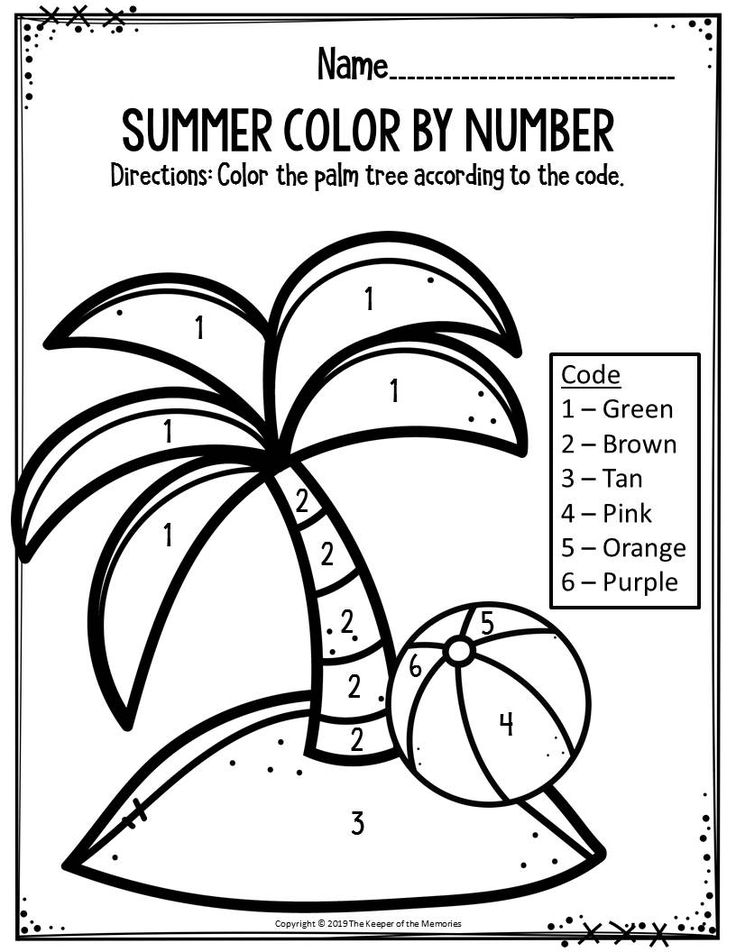 This approach is ideal because it covers math topics throughout the entire year. This allows children more time for mastery and an opportunity to increase the rigor of each lesson.
This approach is ideal because it covers math topics throughout the entire year. This allows children more time for mastery and an opportunity to increase the rigor of each lesson.
One of the most critical units of the whole curriculum is counting. Children begin with exposure to numbers 0-5. This sets the stage for how numbers work and the understanding that numbers represent a quantity. Developing number sense is the foundation for our preschool students and you’ll see many examples of how we infused it into our lesson plans on counting for preschoolers.
These counting lesson plans for preschoolers are perfect for helping you plan engaging and developmentally appropriate lessons and activities for your preschool students without loads of prep and time.
Related Reading
FAQ About Counting 0-5 with Preschoolers
How do children learn to count?
Children have an innate sense of number. They hear numbers and counting from birth when parents inevitably say, “Two more minutes!” All kidding aside, learning to count is the first stage in math development and it is easily fostered with everyday counting practice and hands-on practice.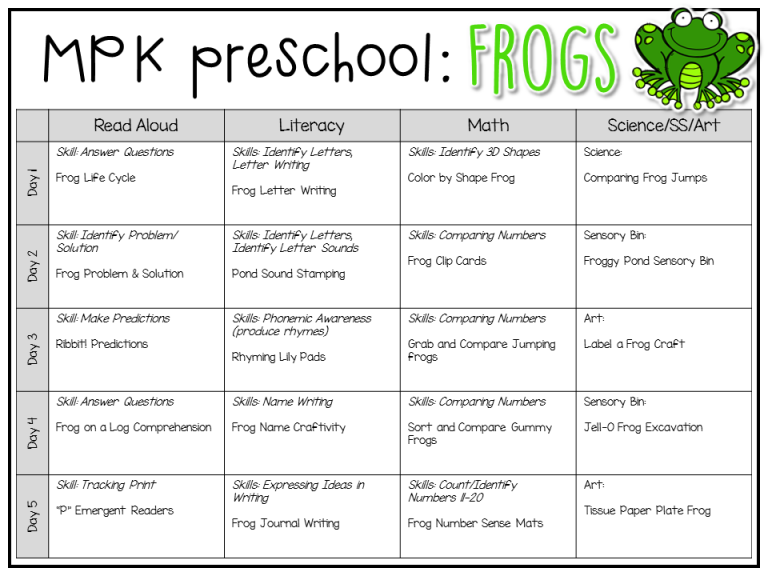
How do you teach number sense to preschoolers?
Number sense refers to the understanding of how numbers work, not just simple counting. It will take some time for children to master these important skills. Number sense develops through multiple skills and requires lots of practice and repetition.
How do you teach counting in a fun way?
Preschool counting activities are embedded in daily life! Count the cars parked in the parking lot or the flowers growing in the weeds. Using hands-on manipulatives and fun counters can turn simple counting activities into counting games that your preschoolers beg to play. Singing math songs and reading books about math concepts also gives children extra math practice.
The first of three counting units, this unit focuses on developing number sense and one to one correspondence for numbers 0-5.Related Reading
Counting 0-5 Hands-On Supplies
This curriculum is designed to be low-prep and utilize the same supplies during each math unit.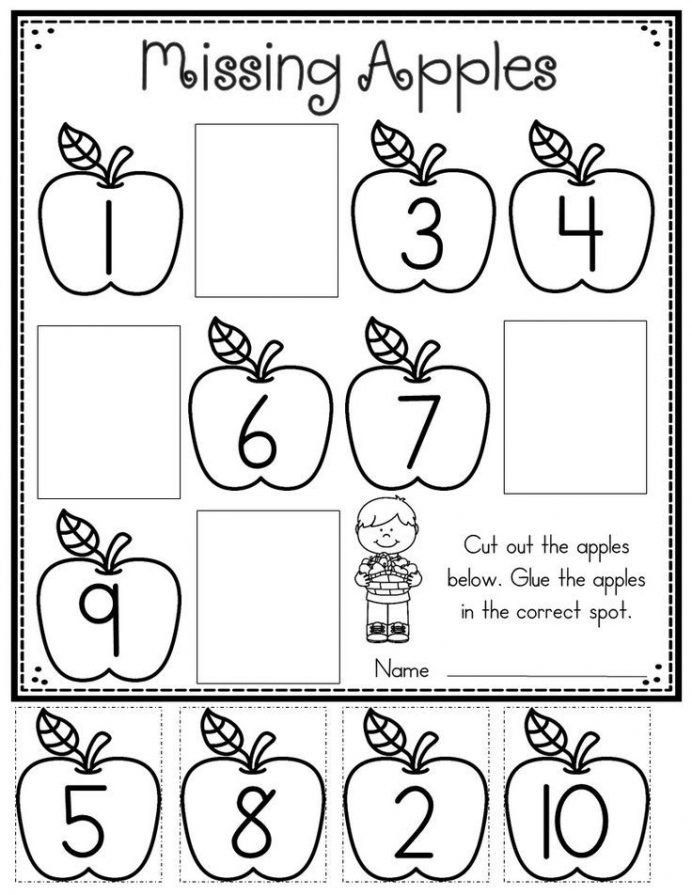 Buy it once, and use them over and over again for different learning purposes! Take a look at some of the resources we use for each unit. These items are staples for any early childhood math curriculum.
Buy it once, and use them over and over again for different learning purposes! Take a look at some of the resources we use for each unit. These items are staples for any early childhood math curriculum.
All About Counting 0-5 Lesson Plans
These counting lessons for preschoolers are designed for up to a five-day-week program, but activities within a week can be removed and skipped for two or three-day-week programs. There are lots of counting 0-5 activities that encourage fine motor skill development and of course, learning to recognize numbers and practice one to one correspondence.
Discovery Activities/Math Photo Cards
The discovery activities are so much fun! Each week contains a real photograph or illustration for the children to interact with. The photo relates to the concept and encourages oral language and math vocabulary development. Plus, the vibrant photos expose children to different places, animals, and cultures. It’s easy to see that math really is everywhere in our daily lives!
The math photo card example below shows multiple hot air balloons floating in the sky.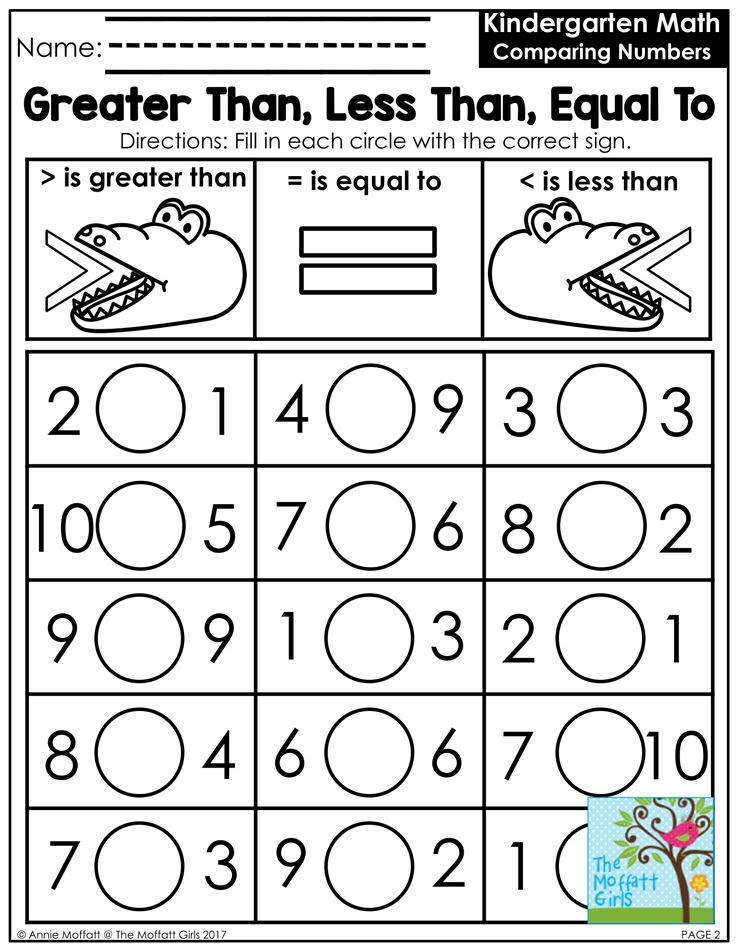 This colorful photo offers a chance for young learners to count how many hot air balloons they see, as well as identify the two balloons that are the same pattern. Each photo card includes mathematical points, teaching tips, and engaging questions to encourage your children to think about each photo through a mathematical lens.
This colorful photo offers a chance for young learners to count how many hot air balloons they see, as well as identify the two balloons that are the same pattern. Each photo card includes mathematical points, teaching tips, and engaging questions to encourage your children to think about each photo through a mathematical lens.
Daily Dip
The daily dip is a review activity to reinforce previously taught skills. You will notice valuable teaching tips throughout the review lessons. These tips offer insight to help execute specific strategies in
the lessons. This section is optional depending on time and student needs but is certainly a valuable component of each day.
The photo below shows examples of the first week of the counting 0-5 unit. You’ll notice that the activities include sorting and matching which were learned in the previous unit to ensure exposure and practice to math skills all year long.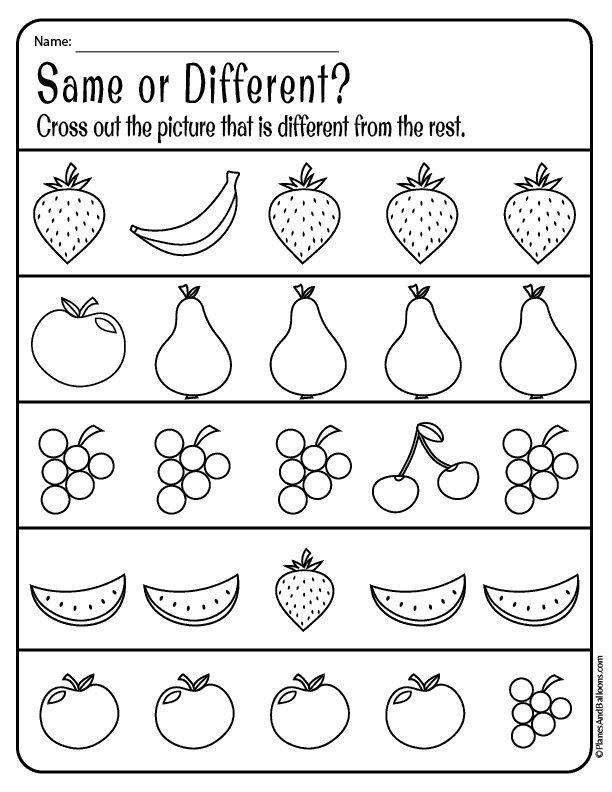
Teach and Engage
The teach and engage section is a brand new daily lesson for your students packed with new learning. This component of the curriculum includes lots of modeling and student interaction. Each lesson includes a bonus section that offers tips on how to make the lesson more challenging and provides extensions for children who are ready for more difficulty.
Counting 0-5 Centers for Preschoolers
Counting 0-5 centers and games are invaluable in preschool. We have included lots of counting games for preschool that allow children to independently practice with engaging manipulatives. Remember independent centers should always be supervised in preschool and kindergarten.
Spin and Build Five Frame Counting
This center is fun for preschoolers because they love to spin spinners. This five frame practice activity also encourages early subitizing skills which is when children start to recognize the pattern of dots represent a number (without having to count).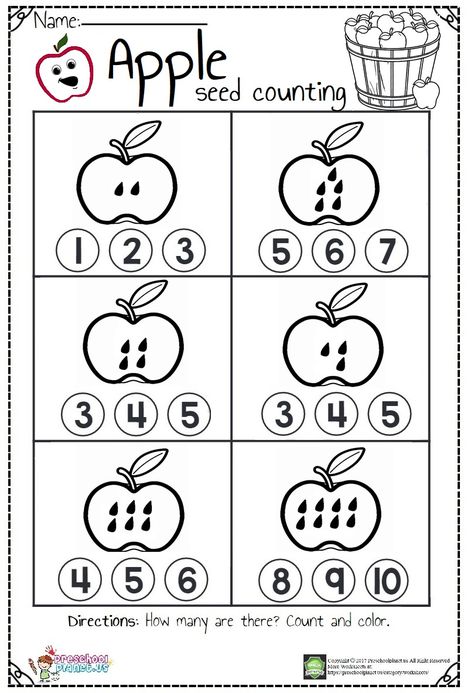 Simply spin the spinner and invite the child to add that many game markers to the five frame. The child is building one to one correspondence while engaging in a rainbow of math fun!
Simply spin the spinner and invite the child to add that many game markers to the five frame. The child is building one to one correspondence while engaging in a rainbow of math fun!
Counting Cards
This game has two levels of difficulty – perfect for differentiating for your students. Children can use the counting cards up to five to help build one to one correspondence. If you have students who are ready to move beyond counting to five, we have included number cards up to twenty. To use, invite children to match the teddy bear counters and count as they go. Trace the number with a dry erase marker using the formation line guides.
Sorting Center 2-2 – This center focuses on matching, building one to one correspondence, and number identification and recognition.Number Playdough Mats
This center is print and play and sure to be a class favorite! Using playdough, children will form and mold the number at the top and then count out that many playdough balls.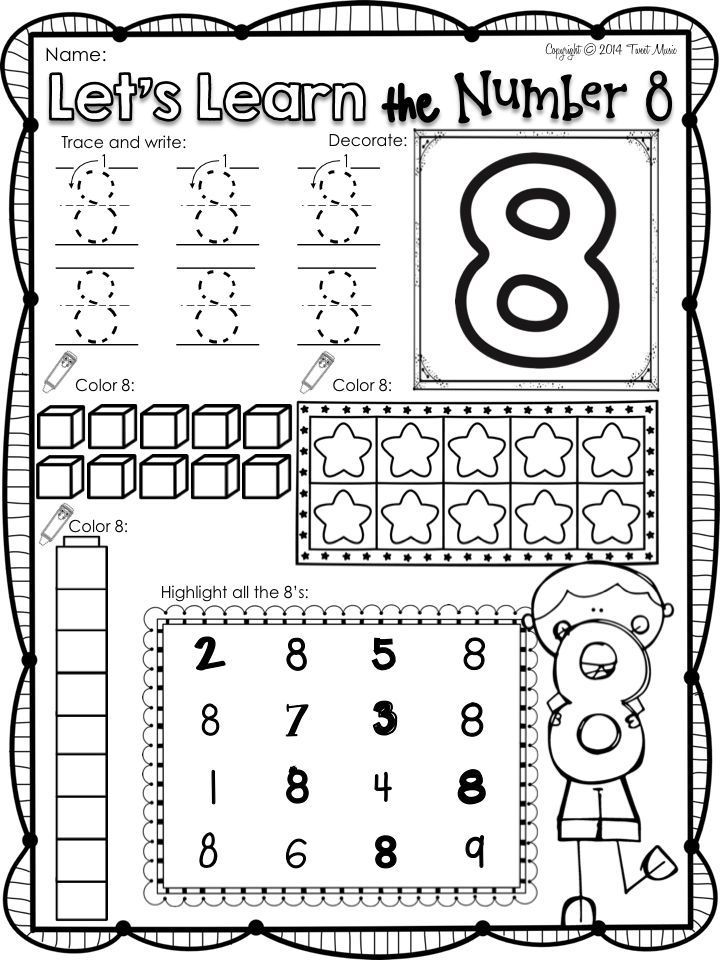 One way my class likes to play is to create the playdough balls and then smash each one as they count. It’s fun for them and encourages them to count slowly and carefully as they smash!
One way my class likes to play is to create the playdough balls and then smash each one as they count. It’s fun for them and encourages them to count slowly and carefully as they smash!
Collecting Bears Grid Games
This color sorting and counting math activity invites children to roll a die and find matching counting bears for each space. Then they add that number of teddy bear counters to their grid. This invites them to practice counting as the roll the die and expose them to the dot pattern on the dice for easy recall later. Play ends when they have filled their board!
Sorting Center 2-4 – This center focuses on color matching and one to one correspondence in a fun and hands-on way.Dot Counting Cards
In this hands on counting activity, preschoolers will count all the dots on the number, then count out that many game marker chips. Placing each one on top of a dot circle, invite the child to count again.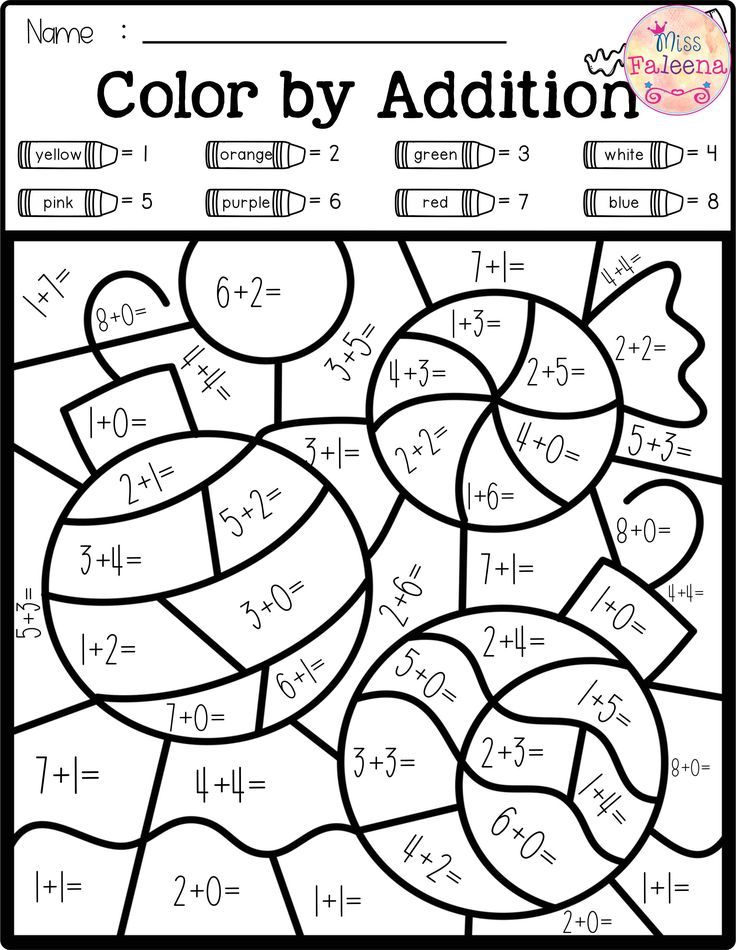 This center includes cards from 0-20. To keep things interesting, change the items used to count such as pom-poms, large sequins, counting bears, counting cubes, cereal, etc.
This center includes cards from 0-20. To keep things interesting, change the items used to count such as pom-poms, large sequins, counting bears, counting cubes, cereal, etc.
“Show Me” Five Frame Counting Cards
This five frame learning activity encourages number recognition and learning that numbers can be represented in different ways. Preschoolers will learn how to use tally marks and fingers to show a number. Using game markers or other counters, children can show the quantity in various ways.
Sorting Center 2-6 – This center focuses on learning different ways to represent a number.Number I Spy
This engaging and visually interesting math game invites children to match the squares with the correct number of items. Each card has five matches for children to find using game markers.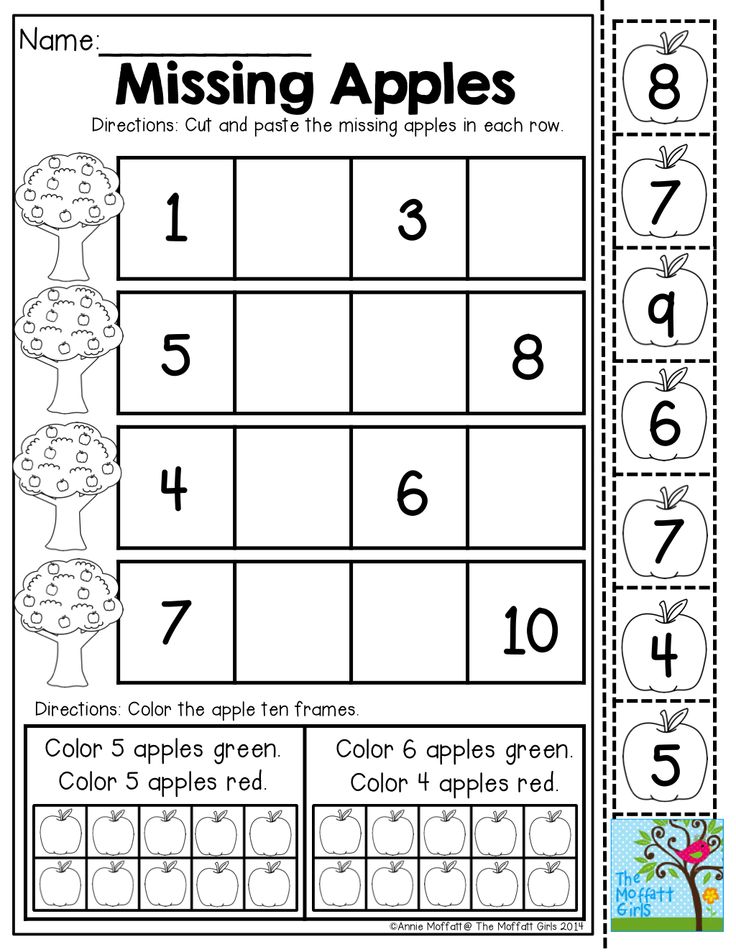 As a bonus, you can make this center self-checking by marking the back of each correct square. This card is available for numbers 0-20.
As a bonus, you can make this center self-checking by marking the back of each correct square. This card is available for numbers 0-20.
Dice Counting Cards
Using colorful dice and game markers, this counting game reinforces counting skills and number identification. Invite children to roll the dice and then count out the number by adding counters to the ten frame. Then have the students trace the number with a dry erase marker by following the formation lines.
Sorting Center 2-8 – This center invites children to count and write while reinforcing ten frame skills.Math to Literacy Connections
We have also included eight optional literacy activities that infuse math picture books. Children learn through colorful illustrations and storytelling. These eight picture books bring counting to life and build upon other math skills (sorting, colors, patterns) as well.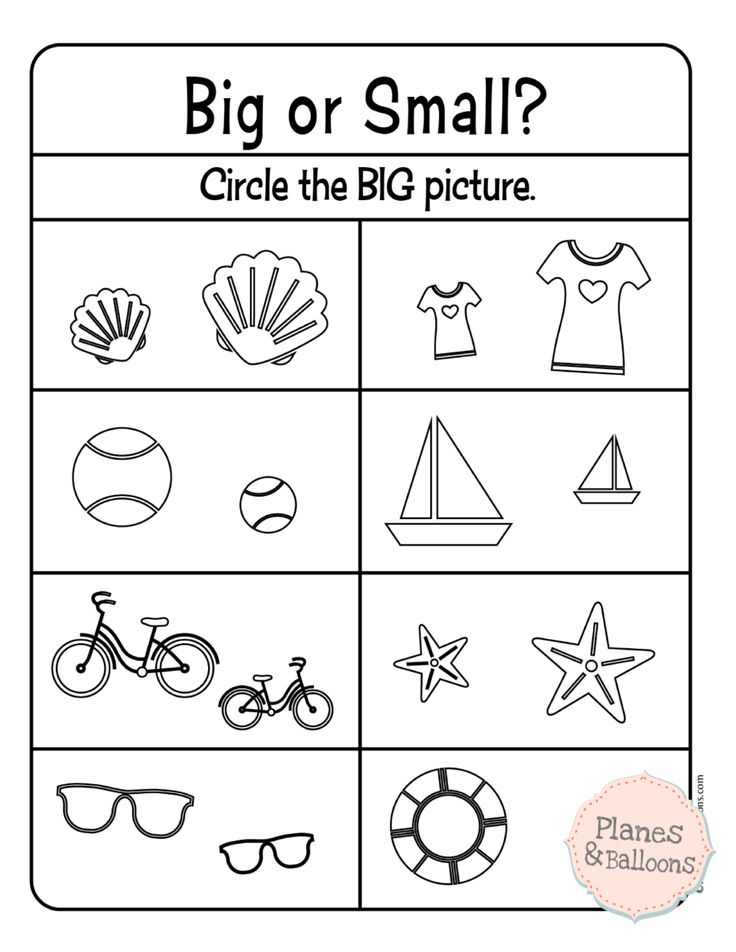
Grab these fantastic books about counting 0-5 here!
Bear Counts by Karma Wilson
Elmer’s First Counting Book by Brandt Lewis
Pete the Cat: 5 Little Ducks by James Dean
5 Wild Numbers by Bella Gomez
Five Green and Speckled Frogs by Constanza Basaluzzo
Fingers for Lunch by Brandt Lewis
Pete the Cat and His Four Groovy Buttons by James Dean
Piggies by Audrey and Don Wood
Get Your Counting 0-5 Lesson Plans for Preschoolers Here
The daily lessons in counting 0-5 are completed and ready to use! Filled with daily lesson plans, centers, activities, and even literacy connections, this counting unit is all you’ll need for your preschool lessons.
Looking for a Preschool Math Curriculum for the Whole Year?
We’ve got you covered! From sorting to graphing, counting to shapes, this preschool math curriculum is loaded with engaging activities, literacy connections, and daily photo cards to spark joy in math.
Related Reading
Lauren Vaughan
I am an educator, book enthusiast, and a stay at home momma to two precious and long-awaited littles.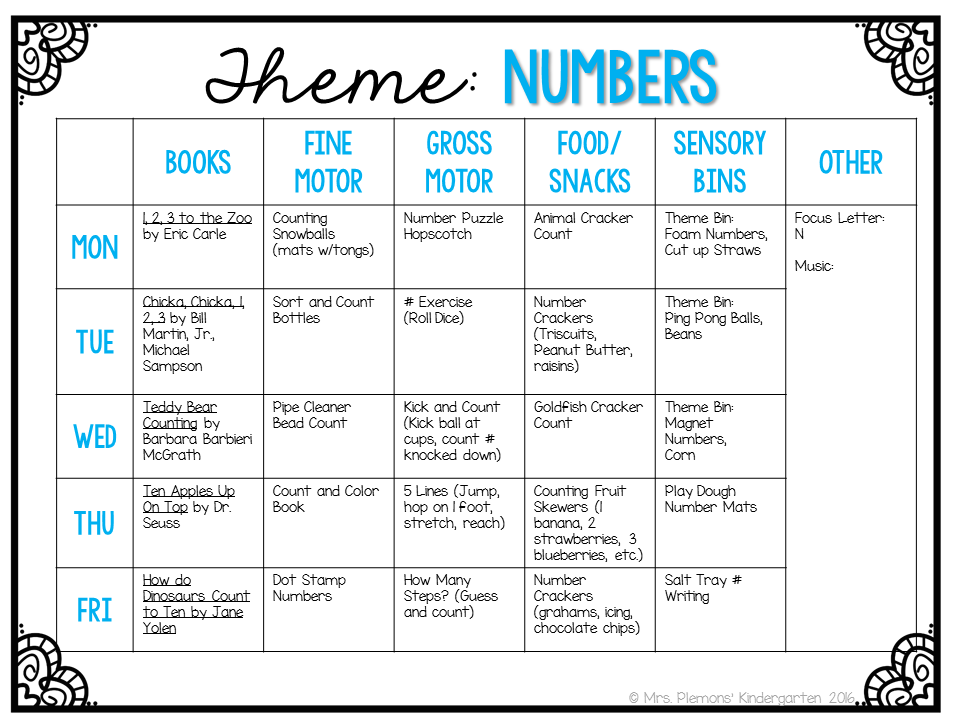 My degree is in Early Childhood Education and Curriculum and Instruction and I have spent the last 15 years working with young children. I feel very fortunate to have this time to watch my babies grow and I can’t wait to share my passion for learning and reading with you!
My degree is in Early Childhood Education and Curriculum and Instruction and I have spent the last 15 years working with young children. I feel very fortunate to have this time to watch my babies grow and I can’t wait to share my passion for learning and reading with you!
Summary of classes in mathematics for senior preschool age. Theme of the lesson: "Number and number 9" | Plan-summary of a lesson in mathematics (senior group) on the topic:
Abstract of a lesson in mathematics for senior preschool age. Theme of the lesson: "Number and number 9"
Author of the lesson:
Purpose:
Create conditions for getting to know the number and number 9.
Tasks:
Introduce the number and number 9, teach to correlate the number of objects with the number.
To develop mathematical speech, the skill of oral counting within 10, the ability to work independently.
To cultivate the ability to listen to other children, to form a positive motivation for learning.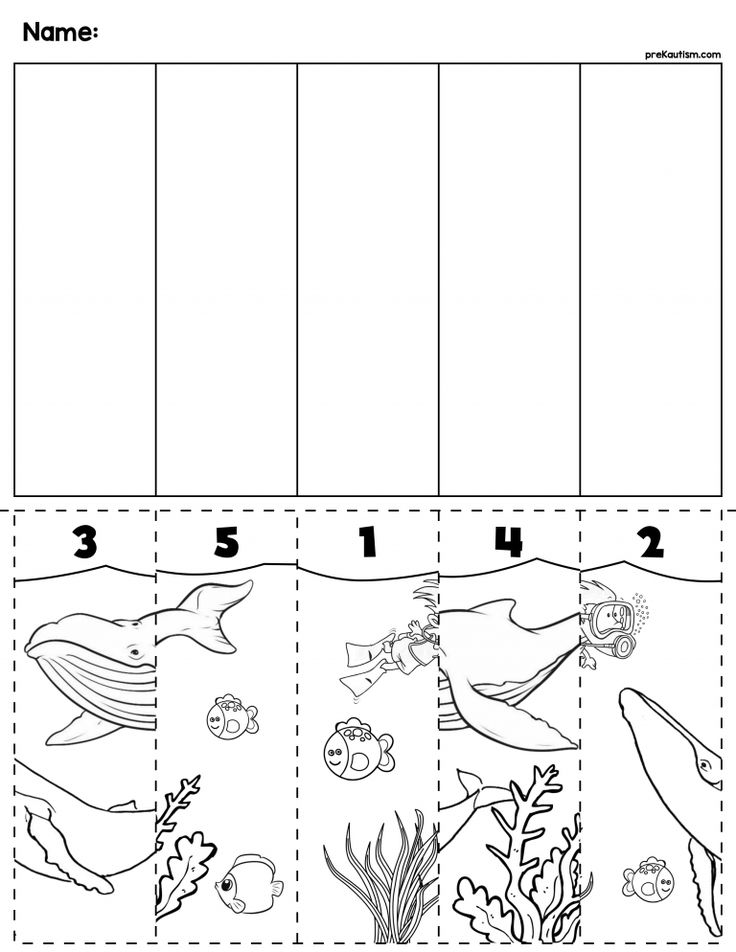
Lesson type:
Learning new material.
Equipment:
Interactive whiteboard, presentation, Peterson workbooks, handout.
Course of the lesson:
Organizational moment, psychological mood
The sun has risen for a long time,
Looked into our window,
Urges us to the lesson -
Mathematics now.
(showing the 1st slide)
Checking basic knowledge
Name the geometric shapes that make up these funny chickens. (1 slide. Show and name the figure)
Connect the number and the number of objects. (2 slide)
Match the number and the number of items.
What is the largest number from the data, the smallest.
Number series
(3rd slide)
1 2 3 4 5 6 7 8 9 10
count to 10 and back;
how is 10 different from other numbers?
count from 9 to 6, from 1 to 8;
name the next (for) number 8, 5;
name the previous (before) number 10,7;
What is the number greater than 6 but less than 8, 3 and 5?
what number is to the left of 10, to the right of 8?
name the neighbors of the number 8.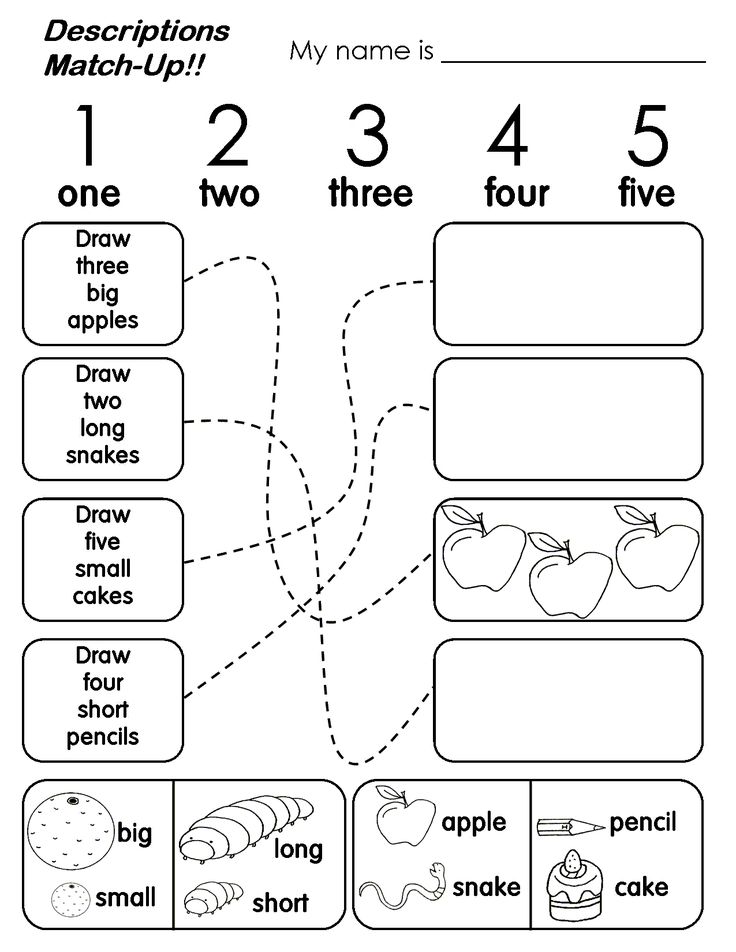
Trap
Examples with errors are written on the board.
Children are asked to correct these errors by giving reasons for their answer.
3 + 2 = 6
8 - 4 = 5
7 - 1 = 5
7 - 7 = 2
6 + 2 = 7
5 + 1 = 7
stay with us in the winter and do not fly away to warmer climes.
What do we call them? Wintering. Name some wintering birds.
How many pigeons came for us to feed? (4 slide)
8 pigeons arrived. And then another one flew in and they became? 9.
Today we will get acquainted with the number and number 9. We meet our birthday girl.
(5 slide)
Formation of knowledge in practice
What does the number 9 look like?
Where do we meet the number 9? (Number, on the clock, the ninth month of September, May 9 - Victory Day. Is there a 9th day of the week? Why?)
How can I show the number 9? Write, draw, lay out from sticks, mold from plasticine. Let's turn the number 6 and get 9.
Show the number 9 from plasticine (on the tables at each plasticine blank).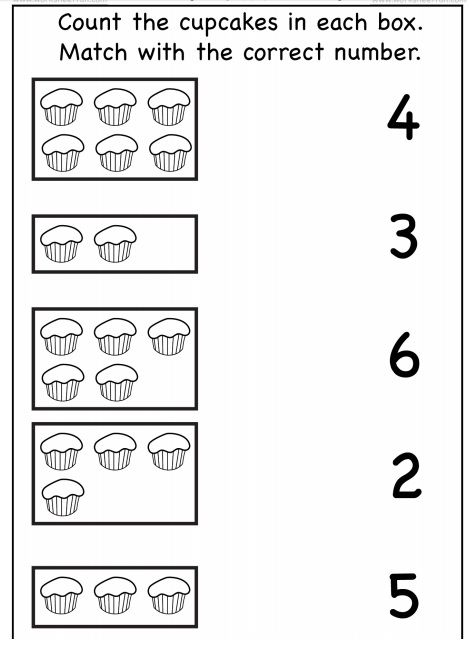
Circle the number with your finger. Remember the spelling of the number 9. Writing in the air.
(Slide 8-10)
Composition of the number 9
Components when added. Has something changed from changing the places of the terms?
Fizminutka "How are you?"
You will answer each of my questions in a friendly chorus: “That's it!” and gesture to show the necessary actions. (Fizminutka is repeated twice).
How are you?
Are you going?
How do you run?
Do you swim?
Looking forward to dinner?
Are you following?
Are you sleeping in the morning?
Are you naughty?
Consolidation of knowledge in practical activities
Work according to Peterson's notebook. Determination of the place of the number 9 in the number series. Prescribing the number 9.
Differentiated task
Group 1 - independently solve the examples that Pinocchio brought.
8 + 1 =
1 + 8 =
9 - 8 =
9 - 1 =
Group 2 - work on the board.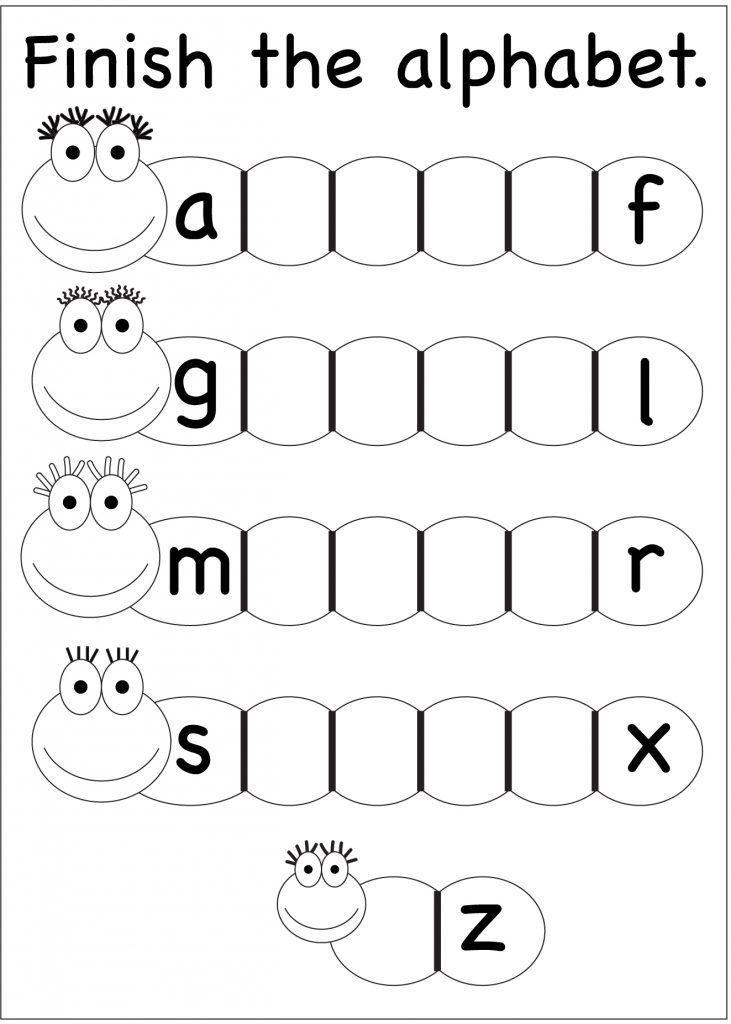 Compare the numbers that Pinocchio wrote. Put the sign "" or "=".
Compare the numbers that Pinocchio wrote. Put the sign "" or "=".
Final reflection
What number have we met? How many items are represented by this number? How to get the number 9?
Outline of a mathematics lesson on the topic: "Consolidating numbers from 1 to 10"
Subject: Counting with Masha and the Bear. Numbers from 1 to 10. Fixing.
Goal : To consolidate students' knowledge of the sequence of numbers from 1 to 10; consolidate the ability to navigate in space;
Tasks:
- consolidate the knowledge gained during the period of preparatory classes; improve computing skills, compare numbers, navigate in space;
develop fantasy, creativity, logical thinking; counting skills;
- cultivate friendly relations in the team,
cultivate a responsible attitude to learning.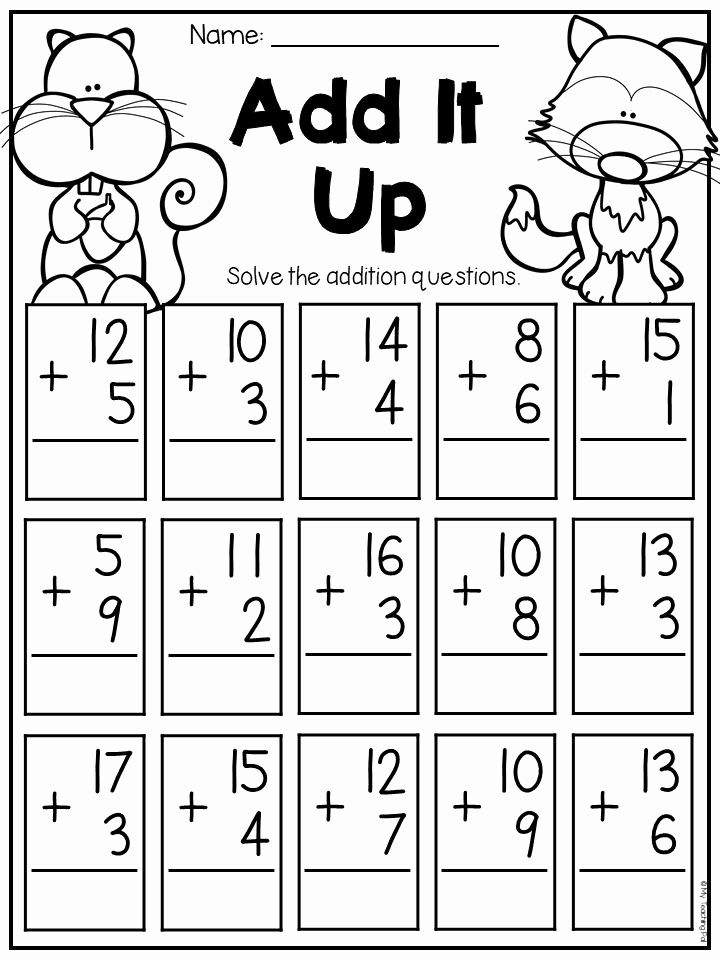
Lesson type: Consolidation of knowledge
Lesson form: Lesson - a journey through a fairy tale.
Equipment: computer, projector, screen, counting material, fans with numbers, geometric constructor for each student, presentation for the lesson.
Lesson progress.
-
Organizational moment.
Hello dear guests.
Hello guys.
I am glad to see you at our lesson.
-
Emotional attitude to work
-Our unusual occupation. We will take you on an exciting mathematical journey with one super active girl who never sits still and believes that the whole world was created for her alone and her friend - the Bear, who constantly looks after her.
- Do you guys recognize this girl? (Slide 1 )
- What's her name?
Well, of course, this is Masha - the heroine of the cartoon "Masha and the Bear" (Slide 2).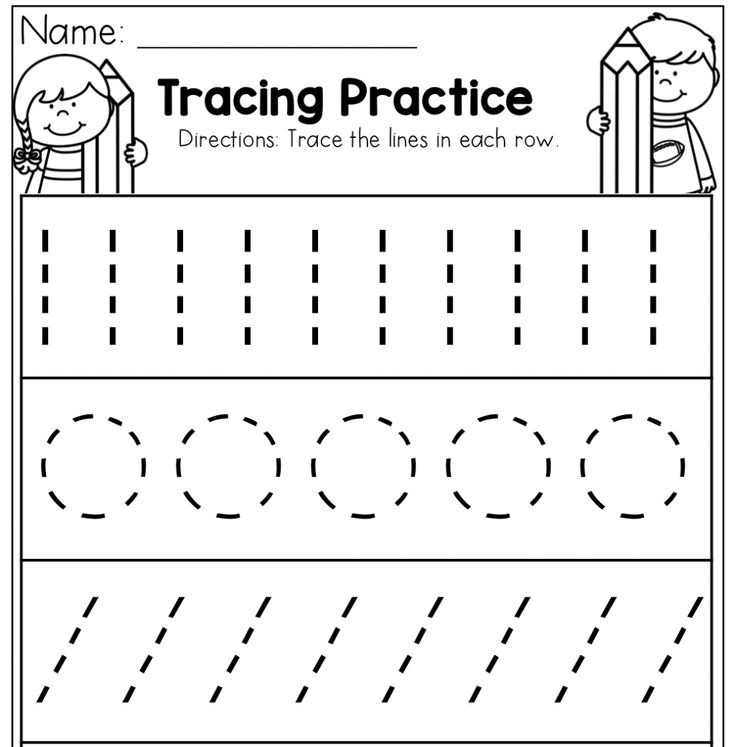
Masha is 6 years old, ( Slide 3 ) she came to the bear and puzzled him with the fact that, like all children, she also wants to go to school. Guys, I'm sure you're ready for school. Let's all together help Masha prepare for entering the first grade?
Help?
3 . Message about the topic and purpose of the lesson.
To go on a trip, guys, look at the blackboard and choose what you think is necessary for math.
(on the board: syllables, letters, mathematical signs (=, +,
Today in our lesson:
We will repeat mathematical signs, numbers, remember geometric shapes, we will count, compare, answer questions. And for this you must be attentive, active and friendly.0005
4. Oral exercises:
And so on! On a warm summer day, Masha went to school along the path.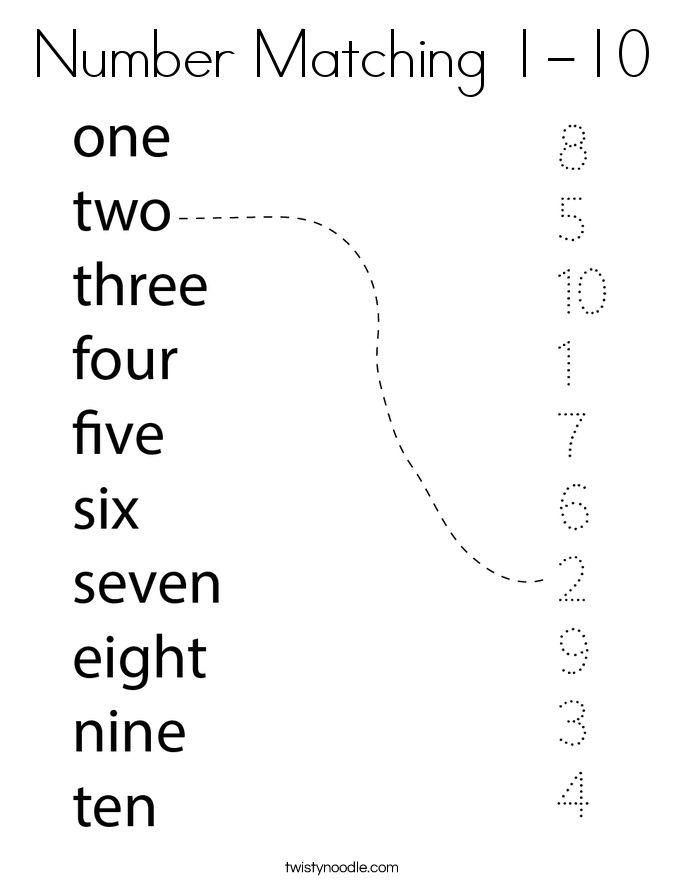
But since Masha cannot live without adventures, a lot of surprises and surprises await us on the road. Masha runs along the path, jumps up, rejoices that you agreed to help her and suddenly stopped. Before it ( Slide 4) - two tracks: one track is straight and the other ... . Masha thought about which path she should run.
- What advice can you give Masha?
- Let's help Masha lay a path and restore the sequence of numbers up to 10 in order:
1,2,3,4,5,6,7,8.9,10
(on the board there are cards with numbers from 1 to 10)
one - at the blackboard, children - in pairs)
H so that it would not be boring to go:
- the boys will name numbers from 1 to 10;
- girls in reverse order;
- I ask you not to yawn, but to name the “neighbors” of the number: 3.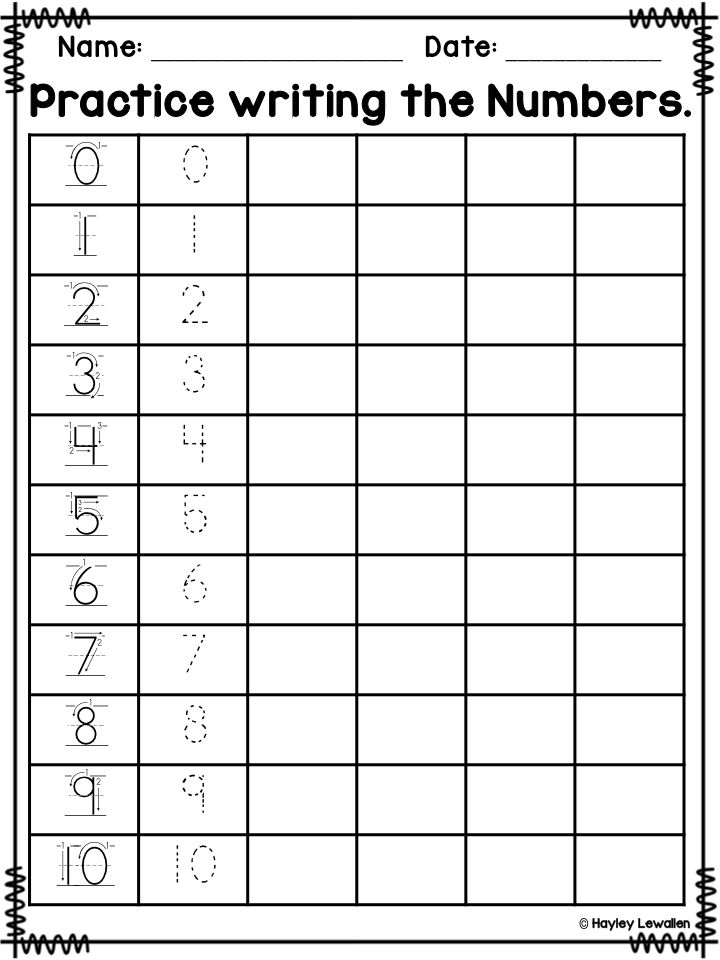 7.
7.
- name the number, knowing the neighbors: 4….6, 7…9.
- if you increase the number 5 by one, we get the number ....
- if we reduce the number 7 by one, we get the number ....
(beep: light green for some, red for difficult)
Masha came out into the clearing and saw forest dwellers: (Slide 5).
Who does Masha see?
- How many bunnies? - ( 5 )
- How many hedgehogs? - ( 4)
- What can we say about their number?
- What can be done to make them equal?
- How many in total?
- (show: for whom it is easy-green circle, difficult - red).???
Tree after tree, bush after bush and Masha did not notice how she ended up in a dense, dark forest. I got lost. Confused. I looked around, but there was no portfolio.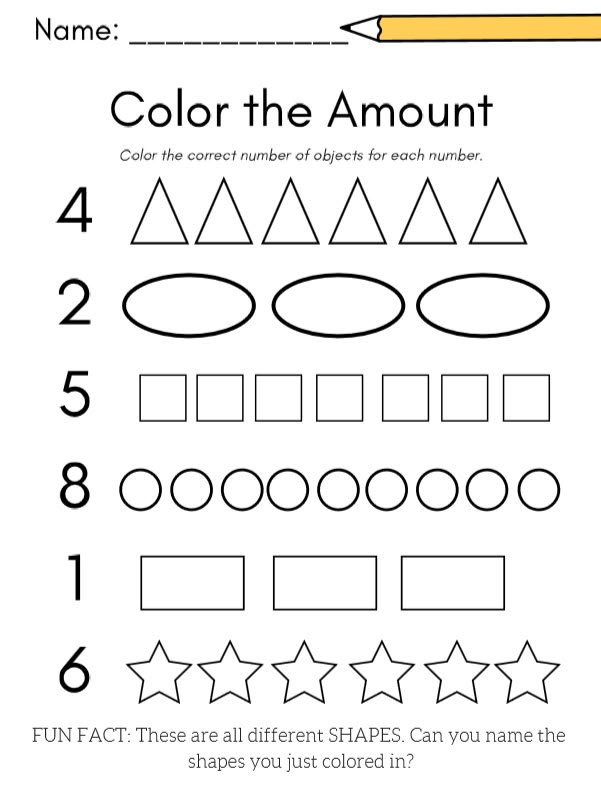 Mashenka walked and walked through the forest, looking, looking for her briefcase, and completely lost her way. And she decided ... ( Slide 6)
Mashenka walked and walked through the forest, looking, looking for her briefcase, and completely lost her way. And she decided ... ( Slide 6)
- What did Masha decide to do? (...climb a tree and look around)
(call for help)
- What kind of trees can be found in the forest?
- Which tree will she climb? Name the smallest. What about the thickest? Thin?
Masha climbed a tree!
Exercise for the eyes!! (let's look for a briefcase)
- looked into the distance, to the left, to the right.
- Guys, maybe someone saw the briefcase and wants to help Masha?
(straight ahead - 2 steps, turned left - 2 steps, turned right - 3 steps,……
Masha opened her briefcase, and there were objects unknown to her.
-Who wants to help? But the condition is: to find out the object With one hand, not to peep.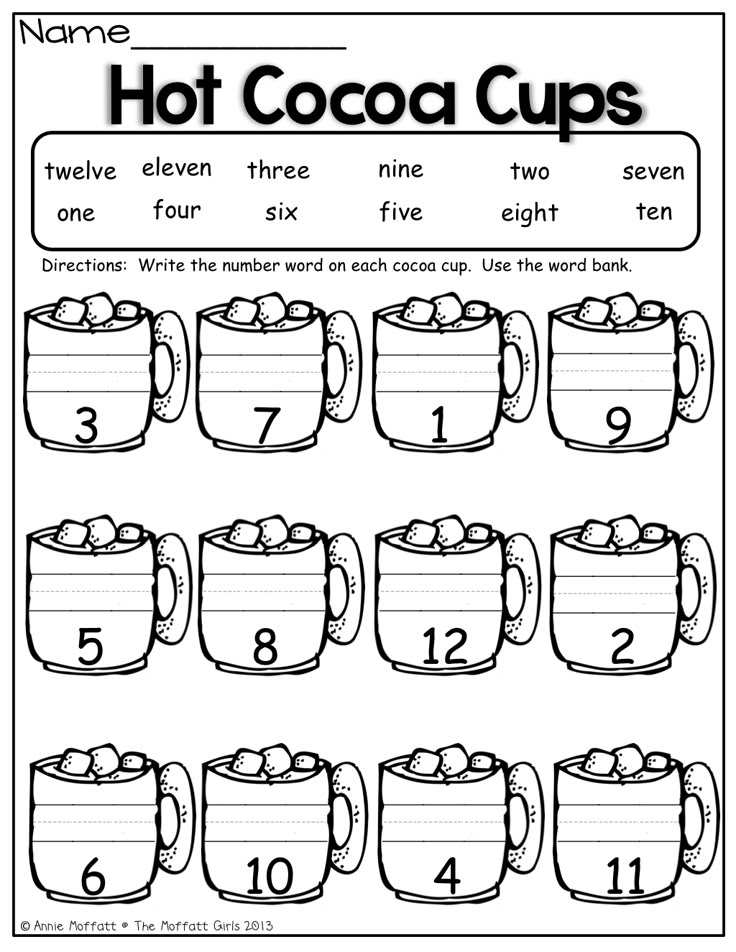
We determine and set on the board 9 missing
Masha was delighted. ( )
,0005 descends, ascends the hillocks. She walked and walked tired and decided to rest ( Slide 8)Fizminutka
(we will do exercises for the health of the mood)
One more time! Get up, stretch.
Two! Bend over, unbend.
Three! Three claps in the hands,
Three nods of the head.
Four hands wider.
Five - wave your hands.
Sit quietly at a desk.
Mashenka continued her way and came out to the COLOR clearing. In order to go through it - let's play hopscotch, we will jump from cell to cell showing the number and color
( Slide 9) Protectivity
Show the number (fan)
in the upper left corner –9, purple
on the right of it - 1, red
in the right upper corner - 6 , blue
Below it - 2, green
In the middle - 5, yellow
To the left of it - 3, orange
In the lower left corner - 7, pink
Left - 4, white
In the lower right - 8, blue
(for whom it is easy-green circle, difficult - red).